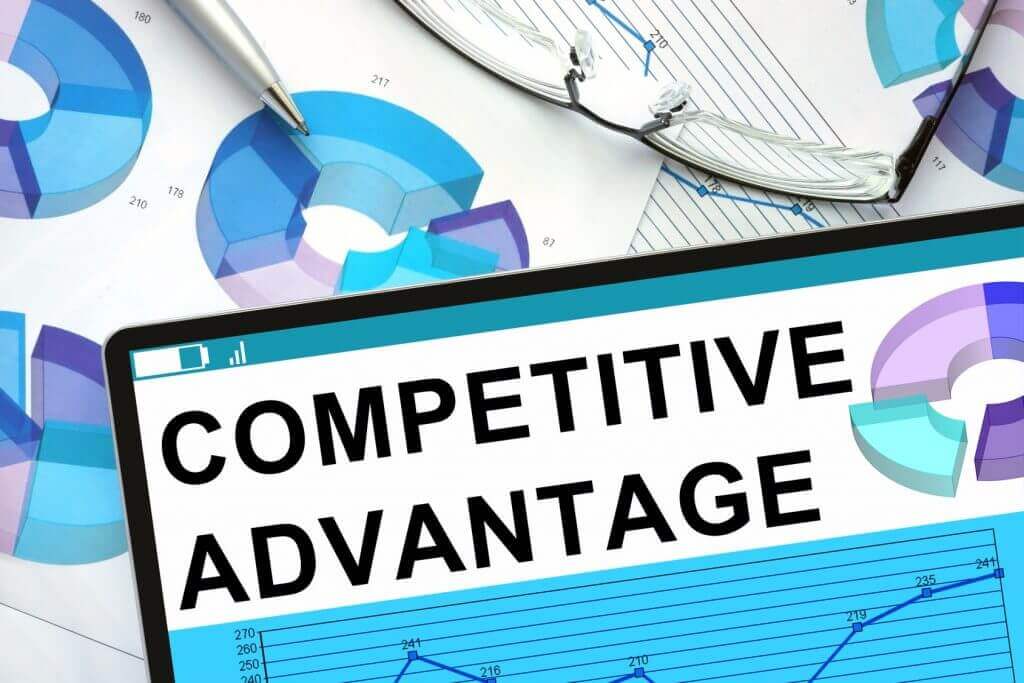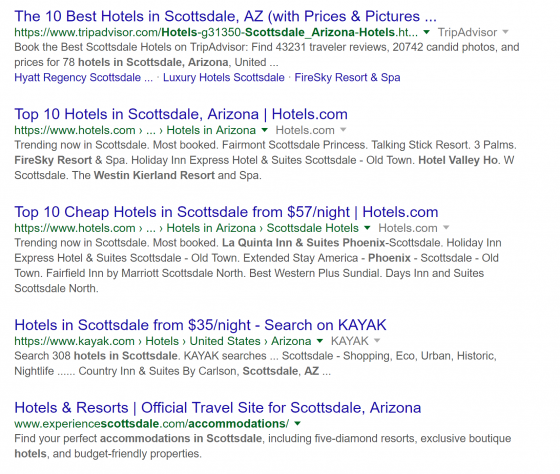
According to Geoffrey Moore in his book Living on the Fault Line: Managing for Shareholder Value in the Age of the Internet, stock price is a measure of future potential based on present competitive advantage. Competitive advantage consists of two components, GAP and CAP.
The first, GAP, is the distance between your hotel offerings and your nearest competitors or the competitive advantage gap.
The second is CAP, the competitive advantage period, that is the projected period a company can maintain its differentiated position.
In other words if a hotel company has superior products and significant barriers to entry, it has both a competitive gap (product differentiation) and a competitive cap (time lag for competitor entry).
When developing a cohesive marketing strategy, both CAP and GAP should be incorporated to achieve success for sustained periods. With that in mind, here are some guiding principles to help you achieve a competitive advantage in your market.
Distribution Dilemma and Marketing Dollars
Many hotels receive reservations from third party sources, most notably online travel agencies (OTAs). It is important to understand the OTA booking process and what its impact is on the hotel. OTAs buy keywords that allow them to dominate the search process.
This is largely due to their ability and willingness to spend marketing dollars. For example, if a guest attempts a search with the keywords “hotels in Scottsdale, Arizona,” a search engine results page (SERP) on a non-mobile device will appear as follows:

As you can see, the top four results are Google Ads and not surprisingly, these four ads are all for OTAs. While the results will vary based on the time of day and the number of people bidding on certain keywords, OTAs dominate the broadest searched terms.
After scrolling past the four ad placements, you will see a Google Maps listing with three locations. These Google Local rankings are the results of a great search engine optimization (SEO) campaign as well as Google’s local algorithm. Once past the map we get into the organic search results, as follows:

This example is from the same search query, “hotels in Scottsdale, Arizona.” The top three results are a great example of content marketing, i.e., these “Top 10” type posts are extremely engaging and useful for guests, which is why Google has given them such high priority in their organic ranking.
If you take note of the websites these links are for, you will not be surprised to find out they are all OTAs and metasearch engines.
Metasearch engines (defined as a search tool that uses another search engine’s data to produce their own results from the Internet, think Kayak, Trivago or another aggregator) further demonstrate how OTAs control key real estate on SERPs because Kayak is owned by Priceline and Trivago is owned by Expedia.
As an aside, Trivago has been climbing Google’s ranks in related searches to hotels over the past 5 years.
Read rest of the article at Hotel Online




